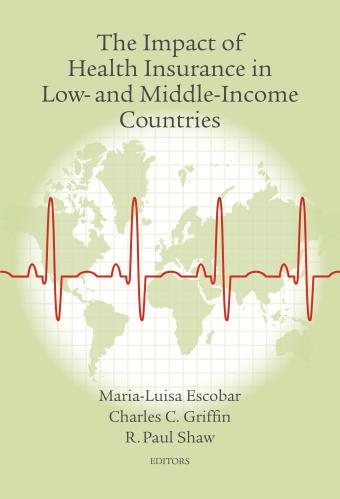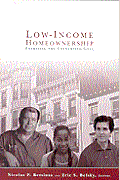Studies in this week’s Hutchins Roundup find that the European Central Bank’s negative interest rates didn’t hurt healthy banks’ ability to attract corporate deposits, unilateral reductions in trade barriers have a positive impact on economic growth, and more.
Want to receive the Hutchins Roundup as an email? Sign up here to get it in your inbox every Thursday.
ECB’s negative interest rates didn’t hurt healthy banks’ ability to attract corporate deposits
Unlike households, corporations with large deposits cannot easily withdraw them and hold them as cash. Using bank balance sheet data from 2007 to 2018, Carlo Altavilla of the European Central Bank (ECB) and colleagues show that financially stronger banks can pass negative interest rates along to corporate depositors without suffering a contraction in funding. In normal times, monetary policy is transmitted mostly by weak banks, whose financial constraints are relaxed to a larger extent when central banks cut rates. However, when the zero lower bound is hit, demand for safe and liquid assets is extremely high. Healthy banks are thus better able to transfer negative rates to big depositors than other banks are. As a result, healthy banks can lend more. Additionally, firms with assets at banks offering negative deposit rates change the composition of their assets, shifting from short-term assets and cash to longer-maturity assets and investments in fixed assets to avoid the pain of negative rates. The authors conclude that a negative policy rate does not necessarily impair the transmission mechanism of monetary policy.
Unilateral reductions in trade barriers have a positive impact on economic growth
Several developing countries reduced trade barriers during the 1980s and 1990s, but early studies remain ambiguous as to whether these reforms sparked economic growth. Douglas Irwin of Dartmouth College notes that more recent papers use more years of data, have more countries that underwent trade reforms, and use improved empirical methods. He finds that newer studies using different methods of analysis and different indicators of trade policy consistently find that growth in real GDP per capita is about 1.0 to 1.5 percentage points higher after trade reform, which cumulates to about 10% to 20% higher income after a decade. He also finds strong evidence that lower tariffs on intermediate goods lead to improved productivity performance of domestic producers of final goods across several countries. Domestic producers benefit from lower prices, improved quality, and greater variety of imported inputs, all of which help improve their productivity.
Income inequality and rising home prices reduce labor mobility
Over the past few decades, the rate of inter-state migration in the United States. has decreased by about 50%. Tamim Bayoumi and Jelle Barkema of the International Monetary Fund attribute the drop in moves of greater than 200 miles to rising inequity in home prices and incomes. Using data from the Current Population Survey and the Zillow Home Value Database, the authors find that low-income individuals aren’t able to migrate to high-wage areas due to high home prices there. Conversely, the authors say that residents of high-income areas are unwilling to migrate to lower-income areas due to the large drop in wages in those areas even though housing is much cheaper there.
Chart of the week: Japan and U.S. GDP per capita were nearly identical in 1980, far apart today

Quote of the week:
“[C]learly, there is some disconnect here between what markets are seeing in the future and what people expect. You compare surveys with market-based expectations, both for growth as well as stock prices, earnings, inflation. The fall in inflation expectations…happened also in other parts of the world, probably not by the same amount and certainly starting from higher levels, but it did happen,” says Mario Draghi, president of the European Central Bank.
“Markets seem to appear to see something bigger than simply trade disputes and whether this is correct or not, certainly this is what they price in their future transactions. The broader issue is: Do they see a disruption of the order which goes beyond trade? I wish not. But, from our side, what we have to do is to take this reading seriously and be prepared.”
The Brookings Institution is committed to quality, independence, and impact.
We are supported by a diverse array of funders. In line with our values and policies, each Brookings publication represents the sole views of its author(s).









Commentary
Hutchins Roundup: Negative interest rates, trade barriers and economic growth, and more
June 13, 2019